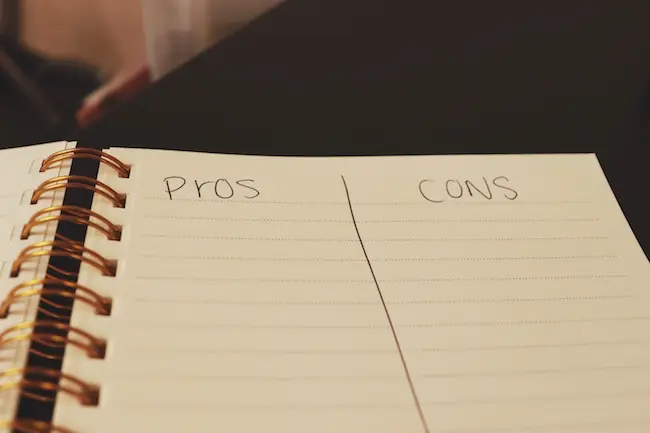What do you do if a tenant destroys your property? This is a common question, especially from first-time landlords. Everyone has the worst case scenario in their minds. Your course of action will depend on the severity of the damage and whether the tenant still lives in your property.
Handling Damage While a Tenant is in Place
If your tenant still lives in the property, you have some leverage. You should be doing routine inspections every year, and in the course of an inspection, you may see that a pet has destroyed a carpet.
Tell the tenants that per the lease agreement, they need to pay for any damage above normal wear and tear. In our leases, we have a Tenant Liability clause. It basically says the tenant shall be charged for all repairs or replacements caused by tenants, pets, guests, or licensees of the tenant excluding ordinary wear and tear.
Most leases should have something to that effect. Get a bid, and let them know how much it costs. You can ask for them to pay upfront or put the money in a reserve so you can wait and replace that carpet when the tenant moves out. If you ever need to use a security deposit during the tenancy, your lease should have a clause saying that the tenant must reimburse the security deposit.
Handling Damage After Move Out
Collecting From the Tenant
If you found this article helpful, follow us on social media. We post daily tips to help you manage your own rental property:
Steve Welty
Subscribe to our Weekly Newsletter
Join the 5k+ homeowners receiving Local Law Updates and Landlord Tips. Delivered to your inbox every Saturday at 6am PST.
Share this:
Get in touch with us:
We make owning rental property easy.
Choose Your Next Step
Good Life Blogs
We believe that education is empowering.
Pros and Cons of Hiring a Property Management Company
Read about the pros and cons of using a property management company to manage your rental properties. In this article, we touch on what makes a property management company beneficial but also why some people might be hesitant to hire.
Pros and Cons of Rent Control
The subject of rent control has become increasingly popular over the last couple decades. As rent prices continue to skyrocket across the country, more and more tenants get priced out of their homes and neighborhoods. This is why the majority of tenants are in favor of…
Section 8 in San Diego: How It Works
Rental assistance in San Diego is a hot topic as of late. Many landlords and property managers have heard of Section 8, but don’t know all the ins and outs of the program. As of January 2020, all landlords and property managers are required to accept Section 8 housing vouchers as a form of income…









